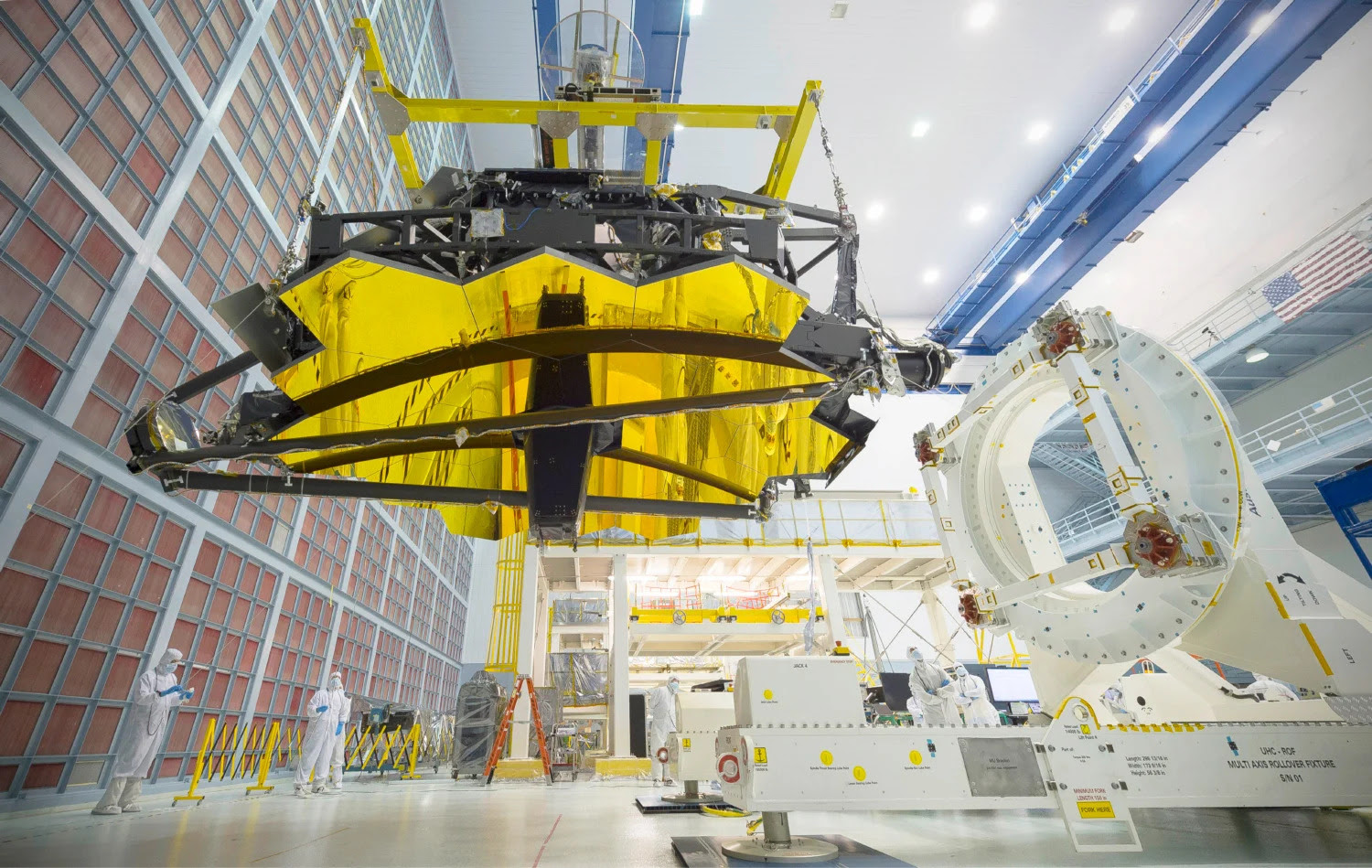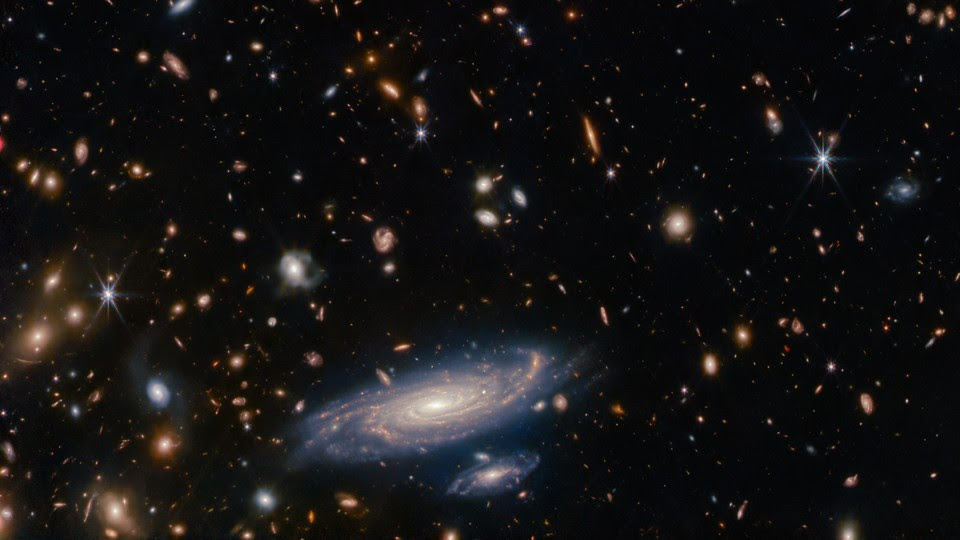In 2023, the European Space Agency, ESA, plans to launch the Juice probe to Jupiter and the Euclid telescope, a telescope specifically designed to study dark matter and dark energy. These two components of the universe are very little known, with scientists knowing little about their actual nature, although dark energy makes up 69% of the universe and dark matter 26%.
The stars, planets and gas clouds that make up the ordinary matter of the universe, studied and understood by scientists, thus represent only 5%. Stéphanie Escoffier, director of research at the CNRS, explains that if scientists are convinced of the existence of dark matter and dark energy it is because they see the effects they generate and can measure them.
She says that dark energy is responsible for the acceleration of the universe and that dark matter affects the gravity of objects. Euclid will be composed of a telescope of 1.2 meters in diameter and two optical instruments, an imager observing visible light and a spectro-photometer in the near-infrared. The satellite will be able to observe the universe from the present time and go back to ten billion years ago when the first stars and galaxies were formed.
The particularity of Euclid is that it will not directly observe something that is still unknown, but it will observe visible objects in unprecedented proportions and scales to help better understand the unknown part of space. The observations will be made directly from the telescope’s orbit around the Lagrange point L2 at 1.5 million kilometers from Earth, on the side opposite the Sun.
The launch of Euclid is scheduled for July 2023 with SpaceX’s Falcon 9 launcher for an estimated $1.4 billion. The satellite will need one month to reach its final position and observations can begin in October 2023 after two months used to verify the performance of the instruments. Euclid’s mission is expected to last six years until the fall of 2029 and could be extended for an additional year. To try to learn more about dark energy, Euclid will measure the distortion of nearly two billion galaxies caused by the presence of dark matter.
The light emitted by these galaxies is distorted by the gravitational interaction of the dark matter located between these galaxies and the Earth, the dark matter acting as a lens. This characteristic has given its name to this phenomenon called gravitational lensing. The measurement of the deformations that will be present in the images obtained by Euclid will allow knowing how dark matter is distributed in the universe and how it evolves in time. Stéphanie Escoffier explains that the term “dark matter halo” means that it is very widespread and not gathered around a galactic nucleus as stars are.

The observations made by Euclid will also allow us to measure how the expansion rate of the universe has evolved over the last few billion years and to understand why the universe continues to expand since the Big Bang. The scientist recalls that understanding why the expansion of the universe continues is the greatest mystery of cosmology.
The universe was characterized by a first phase of extremely rapid expansion immediately after the Big Bang, called the inflation period, then by a second phase of acceleration that required the existence of a repulsive force that astrophysicists call dark energy. Euclid will thus allow bringing elements of answer on the nature of the dark matter and the origin of the expansion of the universe. With these data, scientists will be able to deduce how the distribution of the large structures of the universe has been built throughout cosmic history, the speed at which they grow, but also the nature and quantity of dark matter and dark energy in the universe.
Stéphanie Escoffier considers several scenarios, some of which foresee that dark energy could challenge the theory of relativity if ever disagreements appear between Euclid observations and what general relativity predicts. She also anticipates scenarios that push the limits of accuracy and take different paths from current knowledge, also allowing her to say in which direction to look. But according to the scientist, the worst scenario would be the one that would allow measuring more precisely the cosmological constant, related to the density of the energy present in a constant way in time and space, and the dark matter, without being more informed about what is the dark universe.



Comment here